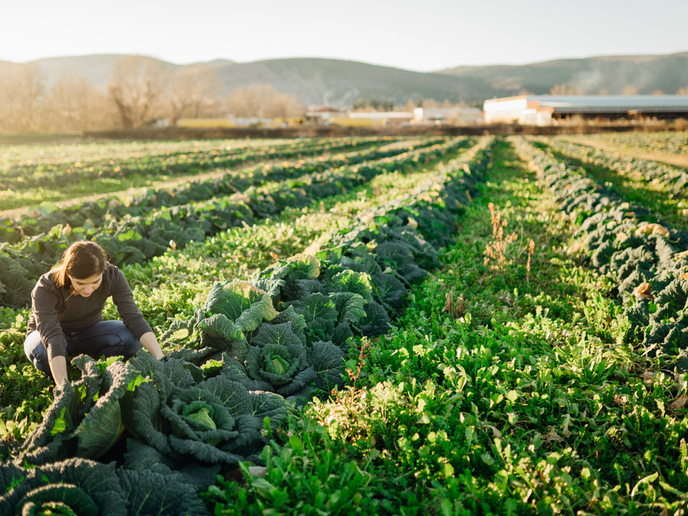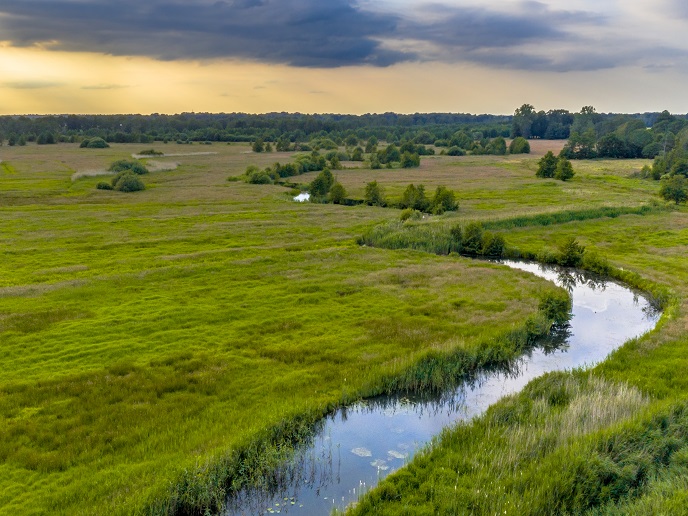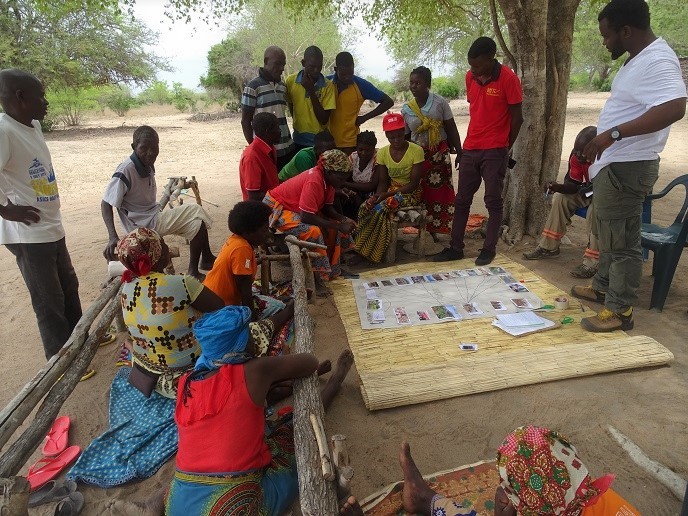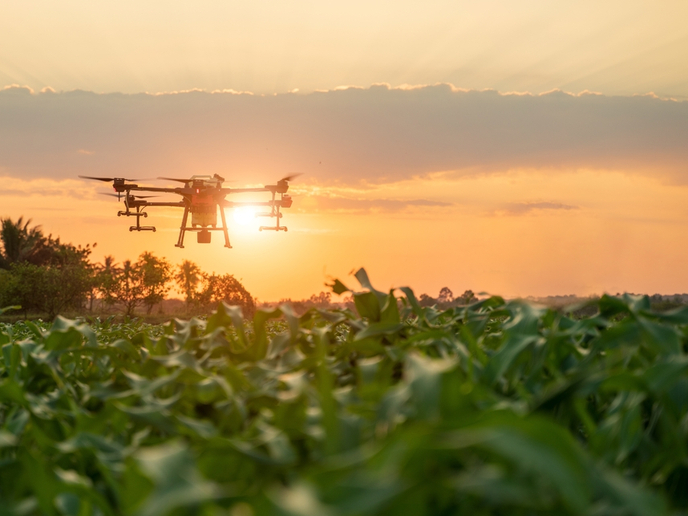A soil management framework for sustainable food production
The EU-supported LANDMARK (LAND Management: Assessment, Research, Knowledge base) project comprised a pan-European consortium of leading academic and applied research institutes, chambers of agriculture and policymakers tasked with developing a framework for soil management to support sustainable European food production. “Our functions approach treats soils as a farmer-managed resource that delivers not only food, but also ecosystem services for humankind,” says LANDMARK project coordinator Rachel Creamer from Wageningen University, the project host.
The Soil Navigator
After literature reviews, stakeholder consultations and data analyses, project experts developed scientific soil function models to better understand how soils respond to different management practices, under different climatic conditions. This led to the development of the www.soilnavigator.eu (‘Soil Navigator’) – a tool used to assess cost-effective, practical measures for more sustainable, context-specific soil management. Users input soil data, collected from field sampling and analysis, then the system assesses current capacity against key soil functions: primary productivity; water filtering and purification; carbon management and climate regulation; provision of biodiversity habitats; and nutrient provision and cycling. Each function is assigned a score of high, medium or low based on the data. Users then select the capacities they wish to improve and the system subsequently recommends solutions.
The monitoring blueprint
The team used the Soil Navigator to develop a monitoring blueprint. The tool was applied to 94 participating sites, across 13 European countries covering two types of land use (arable and grassland) and five climatic zones: Alpine South, Atlantic, Continental, Mediterranean North and Pannonian. “Many sites scored high for two to three soil functions, demonstrating that managing for multifunctionality is not only possible, but already quite common,” explains Creamer. “While all functions performing optimally would be rare, achieving three out of five at field level would mean all functions are covered on a larger scale.” Discussions with farmers about the management practices being applied to their land allowed for the identification of the best functions relevant to them that would allow for a successful delivery. Using these sites, the team also identified synergies and trade-offs. “We found that synergies and trade-offs varied according to both the climatic region of these management systems and their land use,” adds Creamer. “For example, a synergistic relationship existed between biodiversity and climate regulation in some European regions, such as Pannonia, whereas in Atlantic conditions this relationship is negative in grassland systems.”
Policies based on supply and demand
Using pan-European data sets, LANDMARK modelled the supply of soil functions across the EU alongside the societal demands for them. When ranking demands, marked differences were found between countries. “As it is difficult to fulfil all societal demands everywhere at once, our analyses offer guidance for more targeted interventions to bridge the gaps between supply and demand,” notes Creamer. LANDMARK developed 11 formal policy options, including measures that could be adopted in the Common Agricultural Policy, with an emphasis on the need for National Strategic Plans. The project also suggested prioritisation of those soil functions furthest away from meeting their functional and societal demands. Lighthouse Farms, those ready for tomorrow’s sustainability challenges, were highlighted as inspirational approaches. Findings were presented to the European Commission and stakeholders at the LANDMARK Final Conference, held in Brussels, as well as at the Wageningen Soils Conference in September 2019. The results were valuable inputs for the development of an EU mission in the area of soil health and food. Work on the Soil Navigator continues in a number of countries and the outcomes of the soil monitoring schema have already fed into discussions about future updates of the LUCAS Topsoil Survey.
Keywords
LANDMARK, sustainable, water, carbon management, climate regulation, biodiversity, nutrient, cycling, soil, fields, food production







